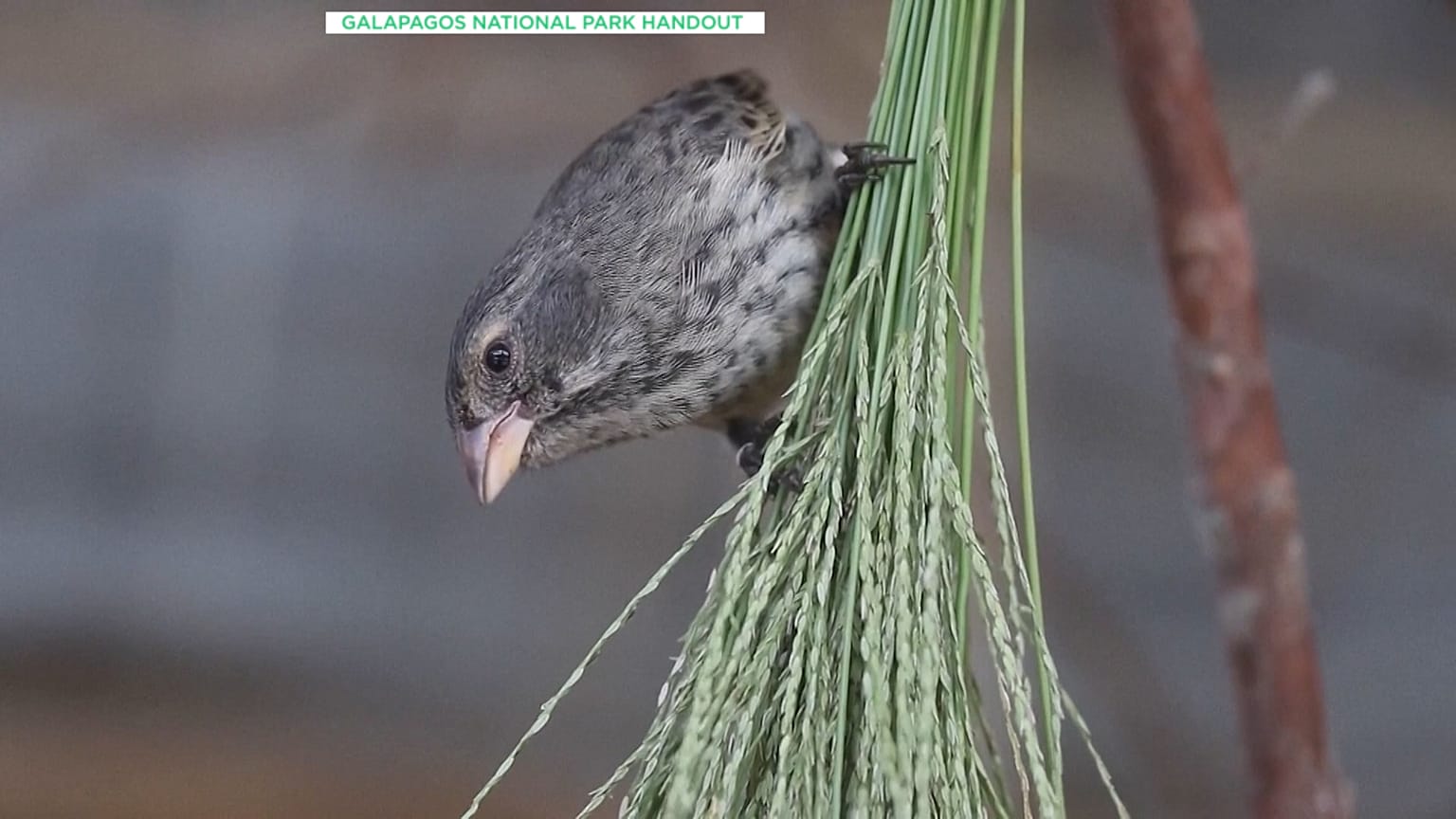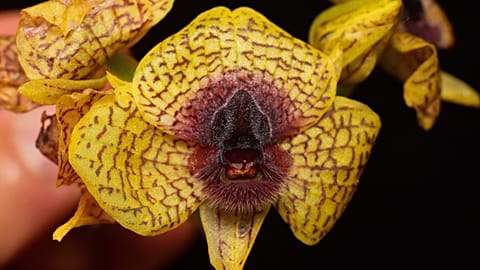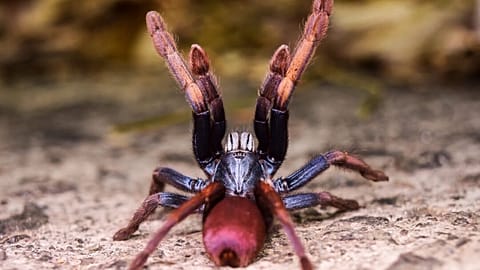Some 510 finches from five species were released on Floreana Island as part of a nature restoration programme, according to Ecuador’s Ministry of the Environment.
A flock of finches, the birds famously studied by Charles Darwin in his theory of evolution, have been reintroduced to an area of the Galapagos Islands.
Since 2023 experts have been working to eradicate introduced species which have caused the disappearance of numerous native species, paving the way for ecological restoration.
"This is a very special day,” says Eliécer Cruz, Spokesman for the Jocotoco Conservation Foundation.
“Maintaining viable population percentages in case of unforeseen circumstances is the Floreana Project’s most important mitigation measure.
Species found nowhere else in the world
Some 510 finches from five species were released on Floreana Island as part of a nature restoration programme, according to Ecuador’s Ministry of the Environment.
Floreana is one of the 13 islands that make up the archipelago along with several islets.
Getting the birds ready for release was a "long and meticulous" process, which involved breeding and care in captivity. One of the five species, the critically endangered medium tree finch, "is only found on Floreana Island, nowhere else in the world," says Arturo Izurieta, director of the Galapagos National Park.
The birds were recovered and cared for by specialists and scientists in special aviaries built to observe them.
After several months of care - and the eradication of species that threatened them - the flock was freed on 26 February, according to the Environment Ministry.
Cats and rodents pose the biggest threat to Darwin’s finches
Introduced species such as cats and rodents have caused the disappearance of more than a dozen endemic or native species, according to non-governmental conservation organisations.
The release of the finches is a concrete step towards ecological restoration and sustainability on Floreana Island.
The birds have been equipped with tracking devices to monitor their movements, ensuring their well-being and aiding ongoing research efforts. Drones will also be employed to monitor groups of up to 40 birds at a time, providing valuable insights into their behaviour and habitat usage.


















